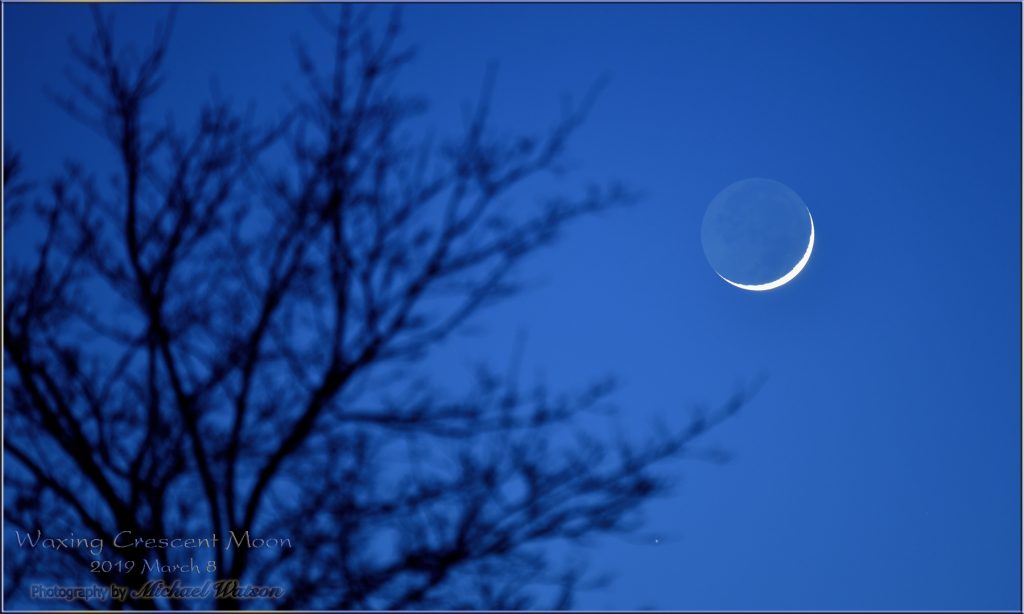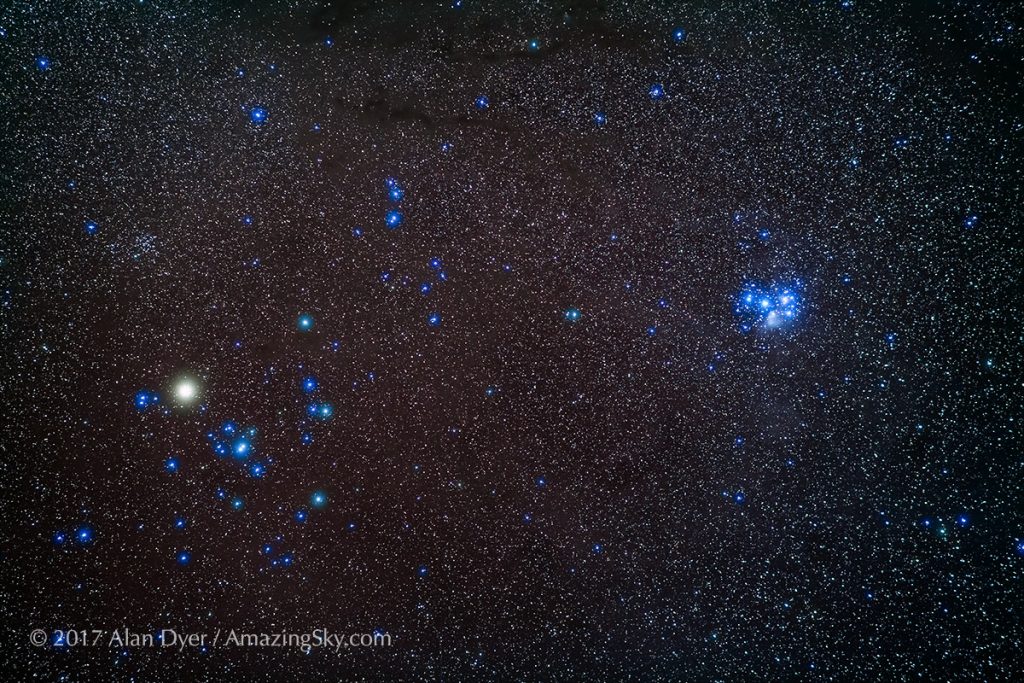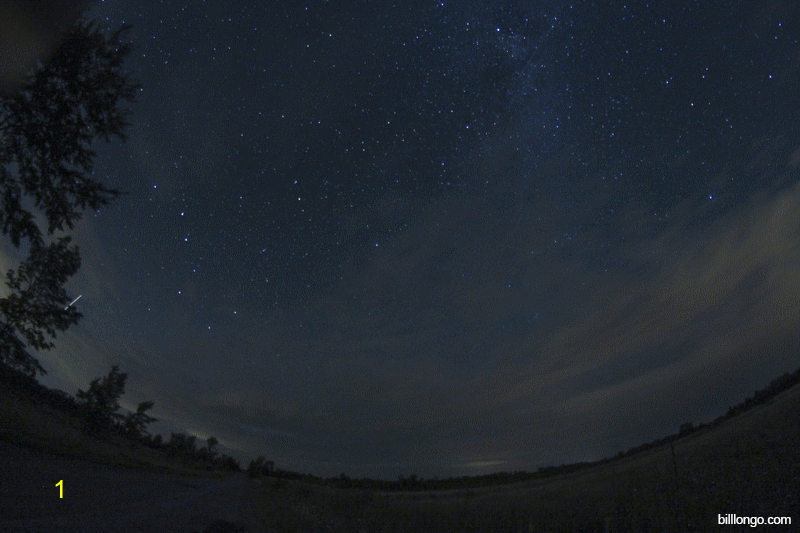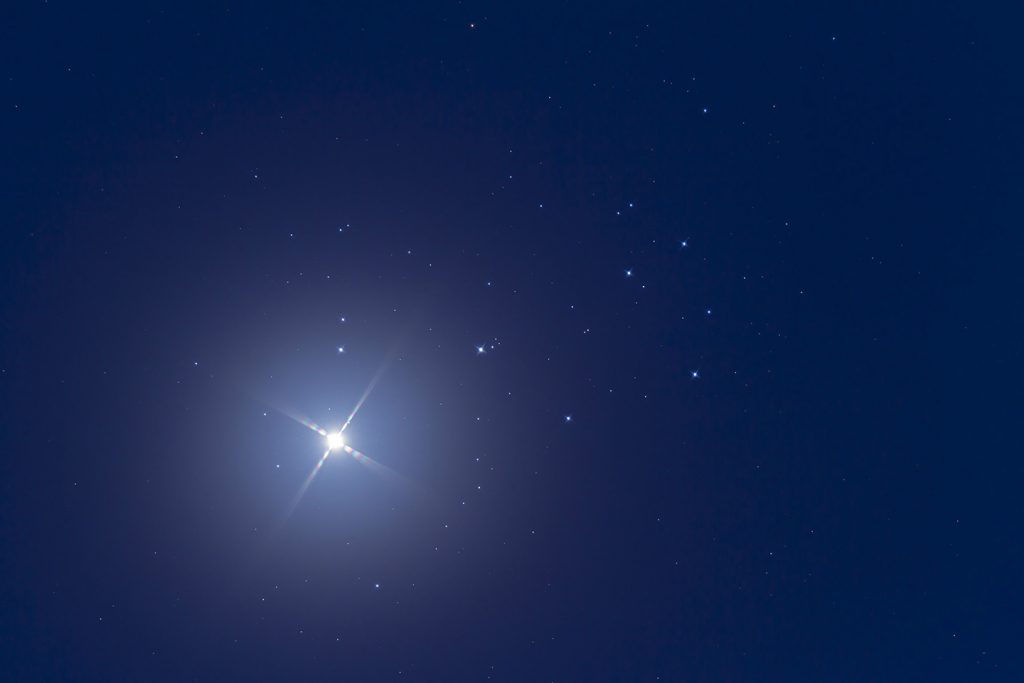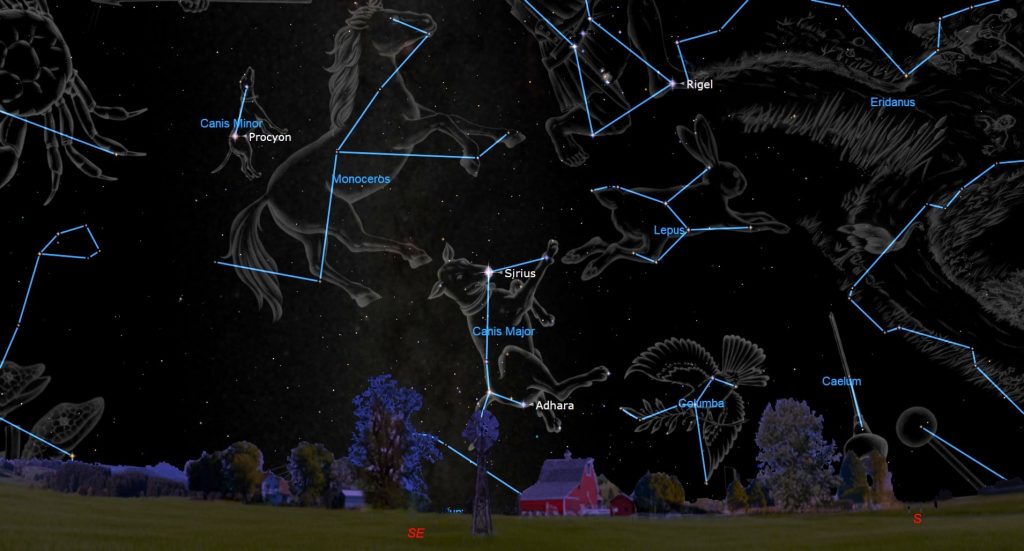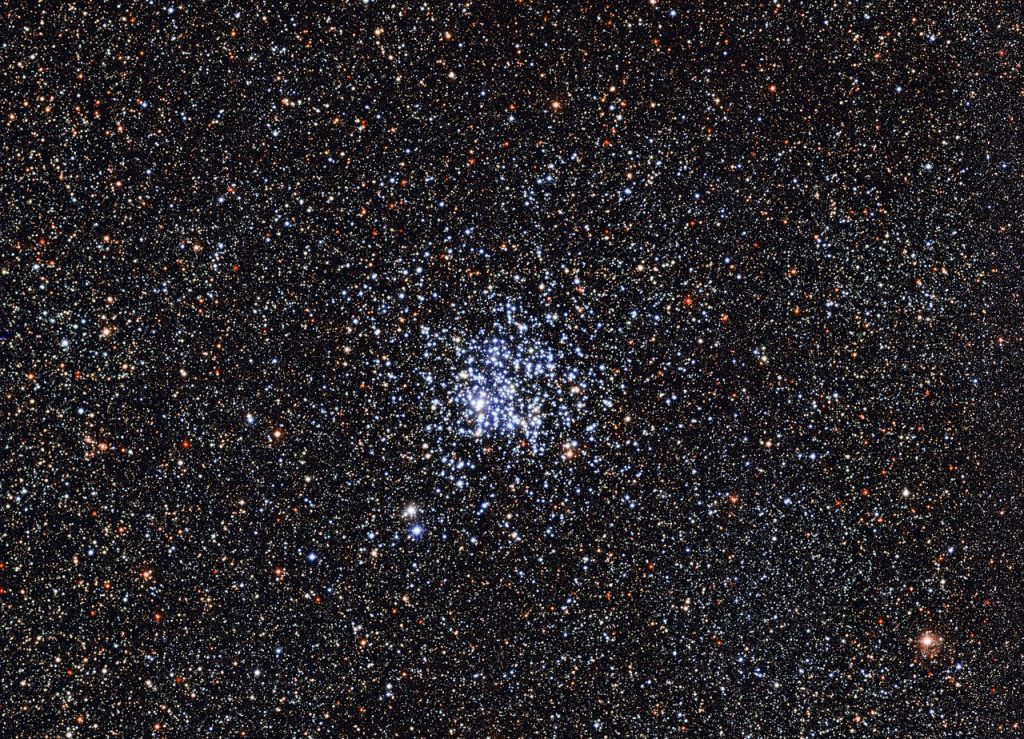Full Paschal Moon Samples Earth’s Shadow, Much About Mercury, Zodiacal Light, and Continued Comet Coverage!
My friend Kerry recently captured this gorgeous view of morning clouds, the Milky Way and the Zodiacal Light extending upwards past bright Venus. Her stitched together panorama from the Bolivia High Dessert employed a 15mm fish-eye lens on her Canon R6 camera. For more treats like these, follow Kerry on Instagram and FaceBook https://www.facebook.com/kerryann.hepburn. Hello,…
Read more

